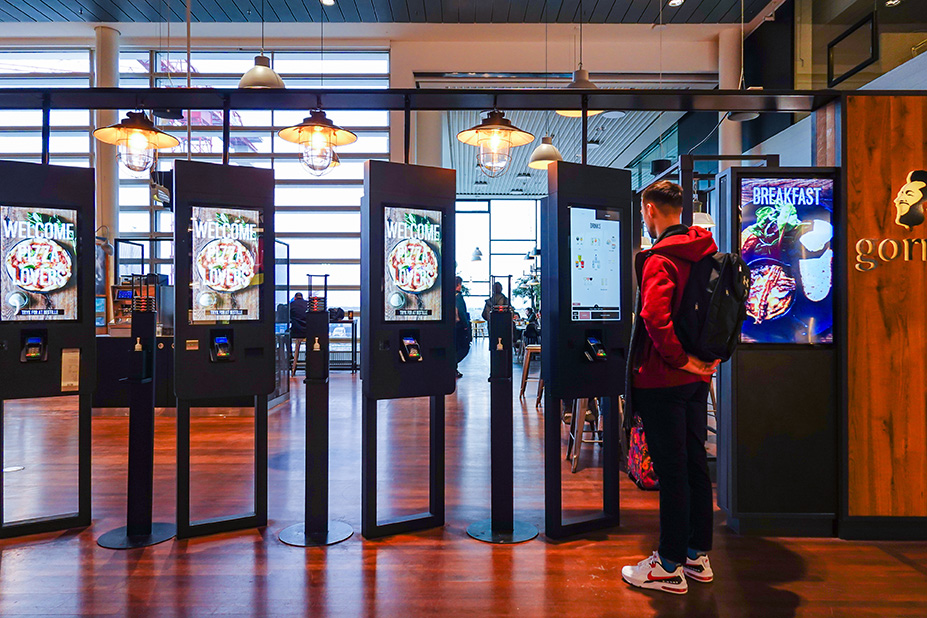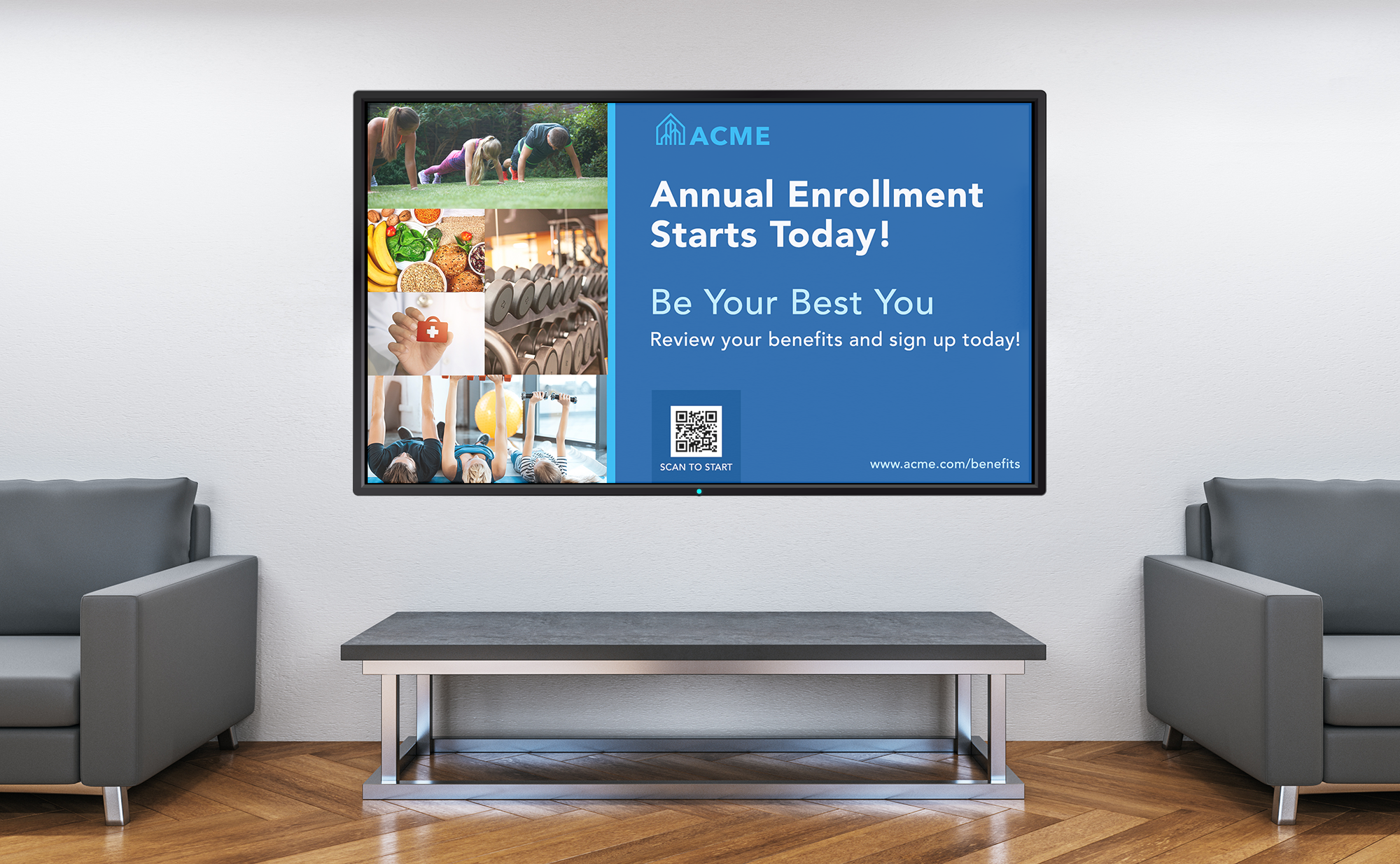In higher educational institutions today, effective communication goes beyond simple information delivery. It involves crafting customized, seamless, and visually captivating experiences that not only capture attention but also inspire action.
Campus digital signage is an evolution in communication that transcends the conventional boundaries of sharing information and student engagement. By seamlessly integrating dynamic content with visuals and interactivity, it creates a fresh and immersive experience while maintaining a consistent brand image.
However, the innovations that drive the transformation of this scale often come with a hefty price tag. Digital signage breaks away from this trend. When implemented correctly, digital signage saves costs and may open new revenue streams, providing substantial ROI for educational institutions.
Curious to know how? Then this article is for you. Here, we help you understand the impact of digital signage on campus communication, explore its benefits, and look at the best practices that ensure high ROI.
Digital Signage for Higher Education Institutions & the Benefits:
Digital signage for universities refers to the dynamic use of digital displays and interactive panels to communicate with students, staff, faculty, and visitors on the campus. From announcements, school activities, educational content, and navigation information to various other details, these displays spread the message and drive action.
By strategically placing these screens across the campus, institutions harness their full potential to deliver seamless, compelling visual experiences for everyone.
Here are the benefits of digital signage:
Catches Your Audience’s Eye with Captivating Visuals: Digital signage boards turn regular information into visually captivating content that grabs the audience’s attention and interest.
With customized graphics, even the most essential information, like exam schedules, room changes, and important dates, reaches the target audience as seamlessly as possible.
Brings Your Creativity Alive: Digital signage boards provide powerful customization options, enabling schools to bring various content concepts and ideas alive. Add this to greater control and the flexibility for last-minute changes; Digital signage gives all the power to deliver a creative and impactful community experience.
Puts Control & Flexibility at Your Fingertips: You can tailor, schedule, and automate your playlists to match the day’s agenda and even make last-minute changes in a flash to keep your campus community engaged and informed. The sheer customization and control of digital signage keeps everything at your fingertips at all times.
Future-Proofs Your Campus Communication: From information on a regular day to notable events and emergencies, digital signage becomes a lifeline for everyday communication. Digital signage offers possibly the most reliable, efficient, and fool-proof communication medium available today.
Delivers a 360-degree Communication Experience: By seamlessly blending educational content, information, learning materials, social media updates, and world news with scheduled content, It provides the most comprehensive communication experience in a fun and exciting way.
Optimal use of Digital signage can elevate the experience by helping institutions deliver a visually captivating and impactful communication medium. But how exactly can schools leverage digital signage to accomplish this? Let’s find out.
Digital Signage for Schools & Colleges – Unlocking Their Potential:

Schools, colleges, and universities have tons of information and content to share daily. From administrative updates, sports schedules, dining hall menus, department hours, special events, and building closure notices, every update must be seamlessly communicated to the target audiences. In the absence of an effective communication solution, administrators may not be able to deliver effective campus communications.
The eye-catching visuals of digital signage solve this problem by communicating the required information in the most engaging and visually appealing ways possible. In addition to this, some of the other key features of digital signage that make it the most comprehensive communication medium are as follows:
Custom Content Delivery: Digital signage allows superior control over individual screens, allowing you to tailor the content based on their location and purpose. For example, they can be programmed to show events, student accomplishments, and other information of interest to improve community experience.
Campus Wayfinding & Space Booking: Besides providing navigation maps, digital signage can be integrated with communication equipment to send directions to visitors’ phones. Digital signage boards offer functionality to reserve meetings and study spaces to prevent double bookings and miscommunications.
Real-Time Data for Better Decision Making: Digital signage’s power comes to fruition with its analytics and insights dashboard. For example, they can immediately provide real-time data and metrics of an event, student achievements, building usage, and other metrics to enable data-backed decision-making.
How to Measure the Success of Digital Signage

As a visually captivating communication medium that solves all the above challenges, digital signage also cuts costs and saves money spent on manual resources. That said, the true potential of digital signage is in its programming and analytics. Unlike traditional communication mediums, digital signage provides functionality to program the signage boards for communication goals or metrics.
With the help of analytics, digital signage andon boards can then identify the progress of the goals, enabling one to calculate the ROI and optimize for desired communication goals. Here’s how:
Set Clear Goals:
The path to success begins with clarity, which demands clear goals. So, think about the goals you desire to accomplish with the digital sign boards. Do you wish to engage more students, drive action, or ensure seamless findings? Being clear about the goals is the first step in identifying the right metrics and quantifying progress.
Identify the Right Metrics:
Once the goals are set, the right metrics that help track your progress must be identified. For example, the effectiveness of the signage can be assessed by following how many students or teachers return to the sign. Clicking on the signs could be the right metric if engagement is to be measured. Some of the standard metrics that are commonly used to measure the success of the project include:
● Total Number of Views: The total number of people seeing the digital signs amounts to the number of views.
● Engagement Rate: Engagement rate measures how effectively the signage captures the viewer’s attention enough to trigger interaction. The interaction can include clicking on the link, responding to the survey, or paying attention to the information displayed.
● Conversion Rate: Conversion rate refers to the percentage of people who take the desired action after interacting with the sign. The desired action is closely related to the intended communication objective of the signage.
Choose the Right Measurement Method:
The measurement criteria must also be carefully selected based on the metrics for accurate analysis.
The three most common measurement methods in digital signage include:
Quantitative Analysis: Quantitative analysis is the systematic collection, interpretation, and analysis of numerical data to understand the results of phenomena. Real-time data, metrics, and insights are used to determine the success of the signs.
Qualitative Research: Qualitative research is used to gauge people’s opinions and understand the impact. Interviews and surveys are two commonly used methods in qualitative research to understand the audience.
Observational Studies: Observational studies involve discreetly observing how users interact with these digital displays in their real-world environments. These studies include the strategic selection of locations, careful recording of observations, and thus deriving insights about the performance and necessary optimizations required.
When the goals and metrics are accurately identified and measured using the right measurement methods, the digital signage platform delivers meaningful insights that help refine the approach, strategy, and execution.
Calculating ROI for Digital Signage:
Calculating Return on Investment (ROI) becomes straightforward when the costs associated with the digital signage project are tallied. It must be remembered that the total cost of the project must also include expenses like the project’s purchase of software, screens, installation, and maintenance costs.
Once we have a clear picture of the total investment, the next step involves identifying the savings or revenue digital signage brings to the institution. Here are two steps to calculate ROI:
- Calculate the net financial gain by subtracting the savings and income from the project’s total cost.
- To arrive at ROI, divide the net economic profit by the project’s total cost and multiply by 100.
Consider a digital signage project with a $20,000 setup cost, generating $25,000 in annual advertising revenue and saving $5,000 in yearly printing costs.
ROI Calculation:
ROI Percentage = [(Projected Financial Benefit – Total Costs) / Total Costs] * 100
ROI Percentage = [($30,000 – $20,000) / $20,000] * 100 = 50%
The ROI for this project is 50%, indicating its financial benefit for the institution.
In addition to the above, one must also account for long-term savings that the project may deliver in the long run. Considering the long-term savings that are not entirely quantifiable, the digital signage project has a significant ROI for the institution.
ROI vs. ROO – ROI May Not Give the Full Picture:
In some cases, ROI may need to provide more insight into the benefits of digital signage and its positive impact. Primarily, it needs to account for the non-quantifiable benefits that digital signage offers, making ROO another key metric in assessing the success of your digital signage project. Here are the key differences between the two metrics:
ROI: ROI, which stands for Return on Investment, assesses the financial returns of investments, which are typically one-time expenses. As seen in our calculations, it primarily focuses on the financial aspects of the project, which may not provide a complete picture of the positive impact of digital signage.
ROO: ROO, an acronym for Return on Objectives, is used to measure objectives that go beyond financial returns. ROO becomes a more relevant metric when an institution aims to assess the non-financial aspects of the project, such as brand awareness, increased engagement, or improved communication. In essence, ROO is a more holistic metric that evaluates the effectiveness of the project in achieving its goals.
ROO provides a comprehensive measure of the project’s success when combined with ROI.
Exploring Future Potential: Predicted Trends in Digital Signage
Digital signage blends the power of visualized communication with the convenience of technology to deliver a seamless and captivating communication experience today.
While customization in visual communication offers extensive possibilities today, the technological aspect holds exceptional promise for delivering an even more enhanced experience in the future. Some of the key technological developments that show great potential include:
Automation & AI: Automation and AI supercharge the data collection, processing, and data visualization capabilities of digital signage, making it faster, more accurate, and seamless. Thanks to the rapid advancements in AI, digital signage manufacturers are already providing more substantial and creative ways to connect with their target audience.
Facial Recognition: The rapid development in facial recognition technology tracking has unlocked a new level of data analysis and monitoring accuracy. Facial recognition also gives greater control and amplifies the scope for personalization content delivery and marketing.
Sensors: Sensors are the key elements in delivering an immersive and engaging interaction with digital signage. Developments in motion, audio, ambient light, audio, humidity & temperature sensors enhance the user experience, decision-making accuracy while reducing the total costs of digital signage.
Interactivity: Touchscreen displays, gesture recognition, and AR hold the key to unlocking the interactive potential of the current digital signage technology. With each of these areas experiencing a massive surge in development, digital signage technology is all set to receive a considerable upgrade in its capabilities in the coming years.
Cloud-Based Deployment: Cloud deployments have eliminated the need for on-site implementations over the years, making digital signage a hassle-free experience. The rapid ongoing development in the cloud space can amplify the scalability capabilities of digital signage while improving stability and management.
With technological innovations happening rapidly, digital signage promises remarkable breakthroughs in delivering an exceptional communication experience.
However, digital signage is not a one-size-fits-all solution. Every institution must carefully consider their requirements, tailor their content, and work on meticulously curating their communication experiences to unlock the potential of digital signage fully.









